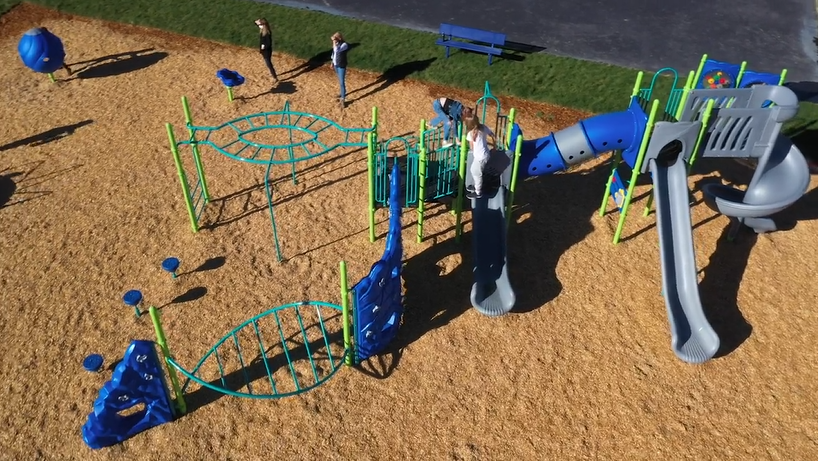
Editor’s note: This commentary from Montana Rep. Seth Berglee and Sue Vinto, Majority Leader and a member of the Montana House Education Committee, appeared Wednesday on flatheadbeacon.com.
The start of the 2022-23 school year marks the dawn of new educational opportunities for students across Montana.
The Tax Credits for Qualified Education Contributions Program will send its largest ever number of scholarship recipients to high-quality K-12 nonpublic schools this fall. For these students, the start of this school year represents a new beginning – a new chance to succeed academically and pursue their dreams.
We are thrilled for these students, and we cannot wait to see what they accomplish. But as state legislators who believe strongly that every Montana student deserves an education that fits his or her unique needs, we also know there is still much work to do.
Like many other states, Montana’s scholarship program works entirely thanks to private contributions from businesses and individuals to state-approved, nonprofit student scholarship organizations. Individual or corporate taxpayers who contribute to these organizations receive a dollar-for-dollar state tax credit for their gift, providing a strong incentive for them to support educational opportunities for disadvantaged students.
Those donations are then used to fund K-12 nonpublic school scholarships for students, usually prioritized on the basis of economic need. For instance, ACE Scholarships, the largest SSO in Montana, provides scholarships to students from families with income levels at or below 250% of the federal poverty guidelines, or about $69,000 for a family of four.
Until recently, the program was hobbled by unnecessary restrictions. For instance, the law restricted donors from contributing more than $150 dollars per year. Considering that average tuition in a Montana nonpublic school is between $6,000 and $8,000 per year, it would take about 50 donors to fully fund one student’s tuition payments—although even doing that was impossible, as the program capped scholarship values far below the actual cost to educate a child.
To continue reading, click here.


